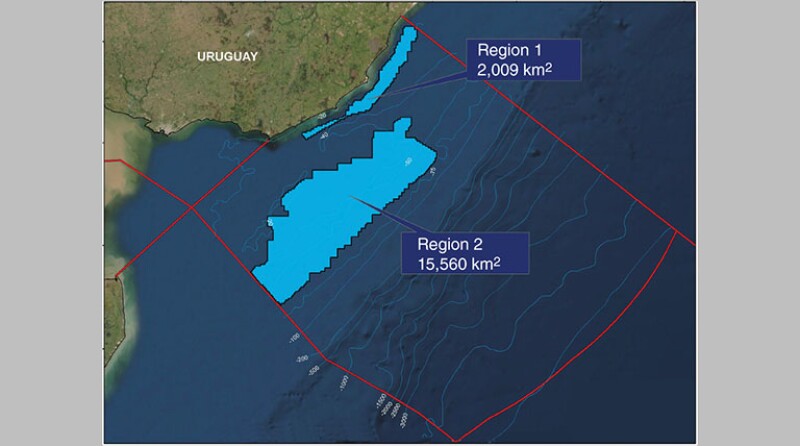With almost the entire electricity matrix having been decarbonized, the next step in the Uruguayan energy transition includes the development of a hydrogen economy. In the complete paper, the authors present the results of the assessment of two regions suitable for bottom-fixed offshore wind energy (OWE) technologies. Results are encouraging and could lead to new possibilities in supporting the development of a hydrogen economy.
Introduction
For Uruguay, hydrogen is expected to play an important role in tackling the various challenges of the second phase of decarbonization; it holds the potential for use in the transport sector and in raw materials and chemical products.
Having no oil production, Uruguay is a net oil importer; therefore, the extensive use of hydrogen in the domestic market may have a profound effect on the national economy and energy sovereignty. Preliminary findings show that Uruguay may have hydrogen production costs between $1.2 and $1.4/kg, placing the country among the world’s net exporters.
Green Hydrogen Production From Offshore Renewable Energy
Compared with onshore wind, OWE presents several advantages, including a greater capacity of each turbine (fewer turbines required for the same wind-farm capacity) and the availability of larger areas (allowing larger wind-farm capacity). Even if bottom-fixed is the predominant technology for OWE projects, floating technology is attracting increasing investment and public policy support because of its potential to access wind resources at water deeper than 40 m, where bottom-fixed may be less feasible technically, economically, or logistically.
Green Hydrogen Production. Contrasting with blue or gray hydrogen (produced from fossil fuels with or without carbon capture and storage, respectively), green hydrogen provides the lowest near-zero-emissions option.


